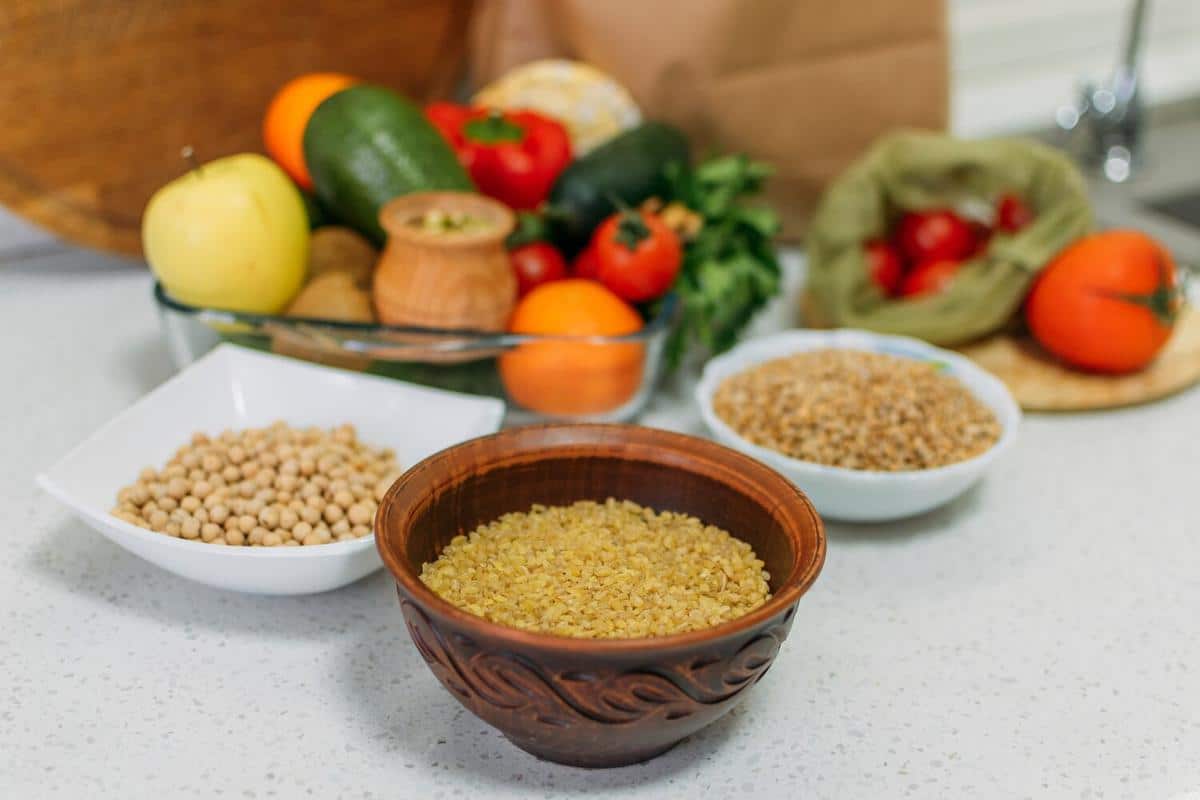
The Revival of Ancient Grains: Nutritional Powerhouses for Modern Meals
Ancient grains, once a staple in the diets of our ancestors, are making a remarkable comeback in modern culinary landscapes. As people seek healthier, more sustainable food options, these nutritional powerhouses are finding their way back to our plates, offering a rich tapestry of flavors and benefits.
Incorporating ancient grains into your meals is more than just a nod to tradition; it’s a step towards a healthier lifestyle. Nutritionists like Dr. Lisa Young emphasize the importance of diversifying our grain intake. ‘Ancient grains are less processed than modern grains, retaining more nutrients,’ she notes. This makes grains like quinoa, spelt, and farro not only delicious but also nutrient-dense options.
Why Ancient Grains Matter
Studies have shown that ancient grains are rich in fiber, protein, and essential vitamins and minerals. For example, a study published in the Journal of Nutrition highlighted that these grains can improve heart health and aid digestion. Their high fiber content supports a healthy digestive system, while their protein levels make them a great choice for plant-based diets.
Exploring the Variety
| Grain | Origin | Key Nutrients | Uses |
|---|---|---|---|
| Quinoa | South America | Protein, fiber, magnesium | Salads, bowls, side dishes |
| Farro | Mediterranean | Fiber, iron, zinc | Soups, salads, risottos |
| Amaranth | Central America | Protein, calcium, iron | Porridges, baked goods |
| Spelt | Europe | Fiber, protein, B vitamins | Bread, pasta, baked goods |
| Teff | East Africa | Calcium, iron, protein | Injera, porridges |
| Millet | Africa, Asia | Magnesium, phosphorus, fiber | Porridges, flatbreads |
| Kamut | Middle East | Selenium, zinc, magnesium | Salads, bowls, side dishes |
| Sorghum | Africa | Fiber, antioxidants, protein | Porridges, beer, syrup |
Modern Meal Ideas with Ancient Grains
Integrating these grains into your meals can be simple and rewarding. Try adding quinoa to your stir-fries for a protein boost, or use spelt flour for a nutty twist in your baking. For breakfast, a warm bowl of amaranth porridge with fresh fruits can be both nourishing and satisfying.
FAQs
Frequently Asked Questions
Are ancient grains gluten-free?
Not all ancient grains are gluten-free. For example, quinoa and amaranth are gluten-free, but spelt and farro contain gluten.
Where can I buy ancient grains?
Ancient grains are available at most health food stores and online retailers. They can also be found in the organic section of many supermarkets.
How do I store ancient grains?
Store ancient grains in a cool, dry place in airtight containers to maintain their freshness.
Ultimately, the revival of ancient grains in modern diets is a testament to their enduring nutritional value and versatility. Whether you’re looking to enhance your meals with new flavors or boost your nutritional intake, these grains offer a delectable solution. Embrace them as a regular part of your diet and enjoy the myriad of benefits they bring to your table.


